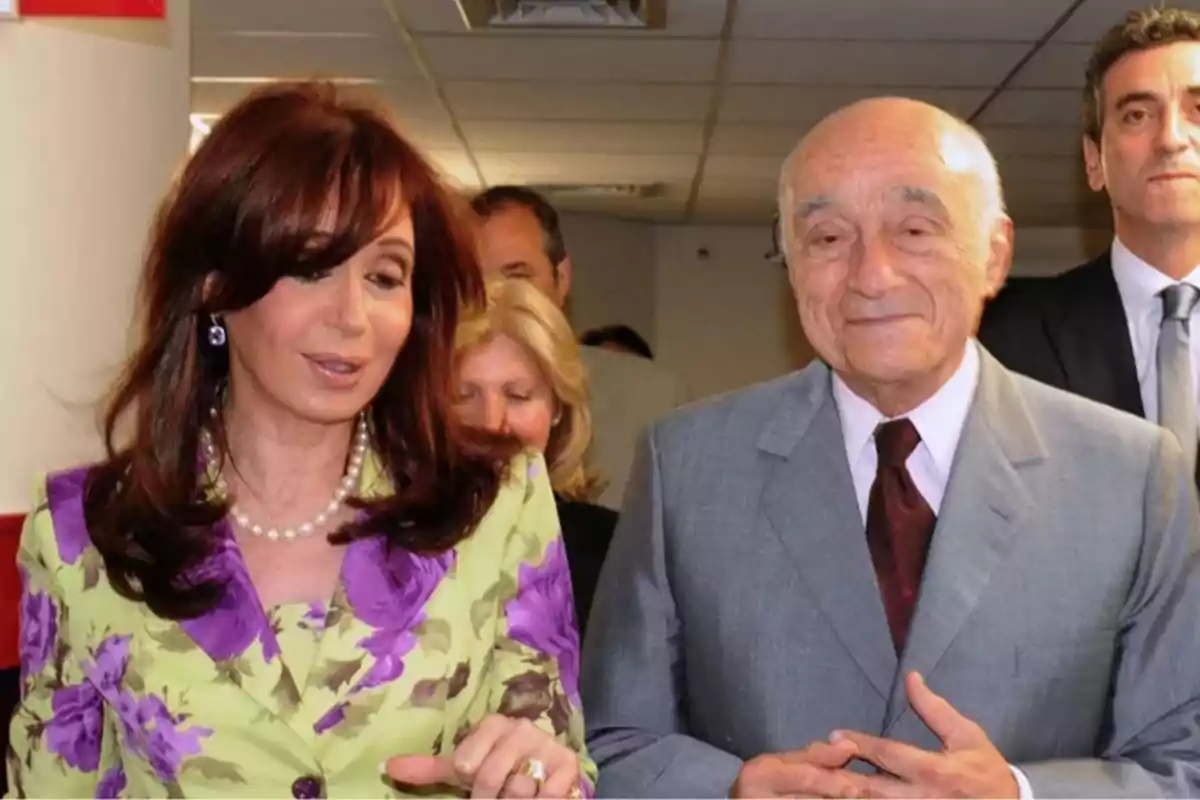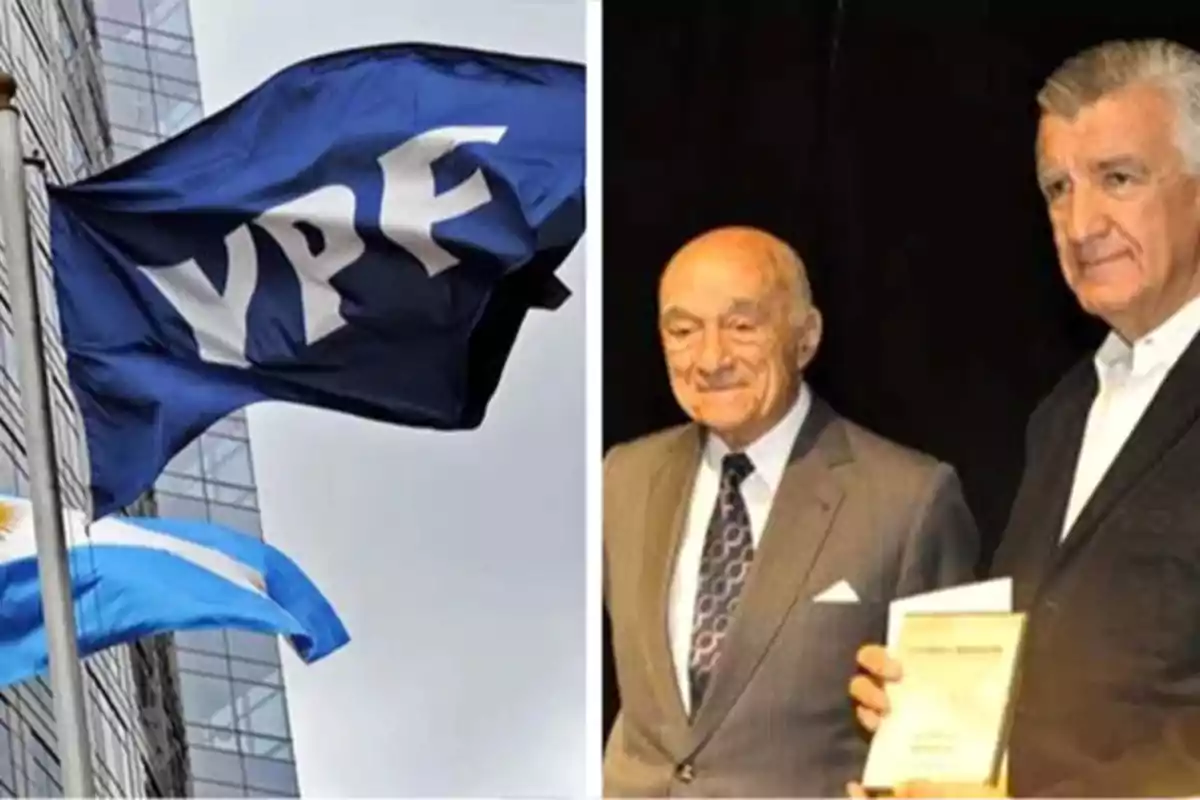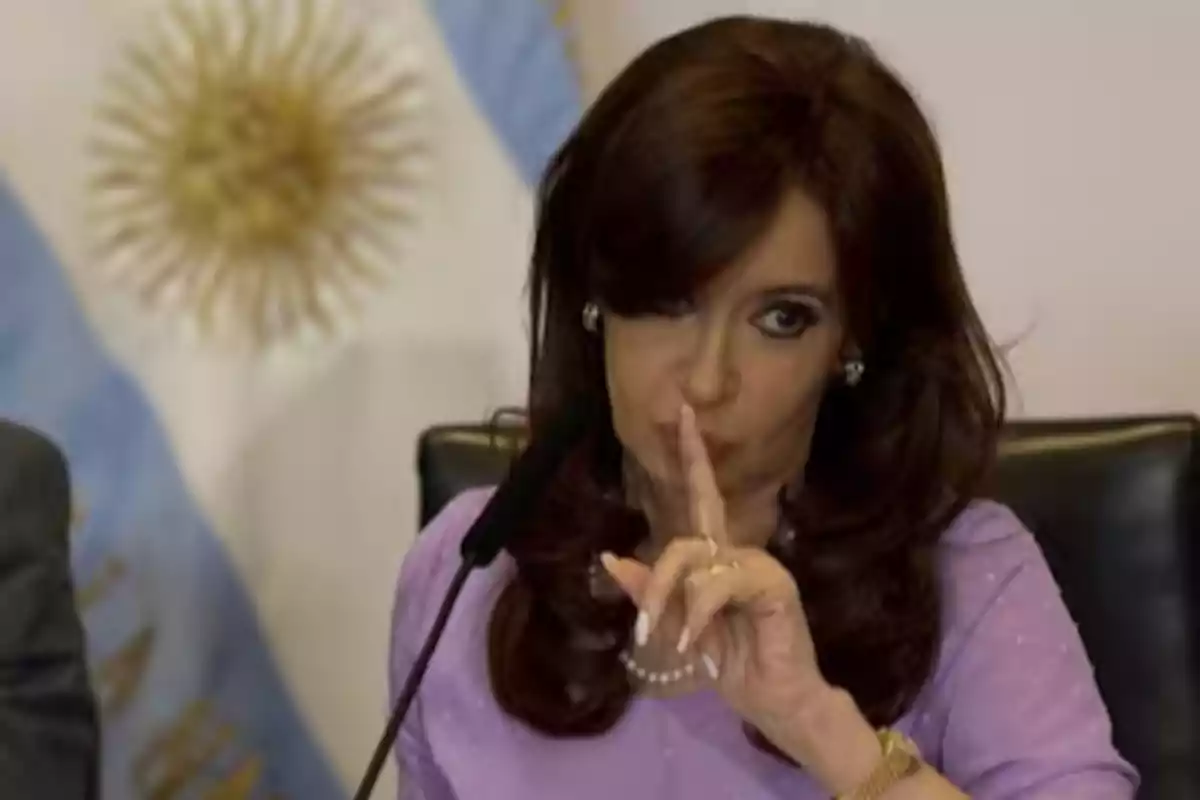
YPF, the Eskenazis, and the price of Kirchnerism's 'crony socialism'
The Kirchnerism business model cost Argentinians more than 17 billion dollars
The surname Eskenazi is making headlines again after the ruling in favor of a pair of English investment funds by the U.S. judiciary in the case regarding the nationalization of YPF, exposing the "crony socialism" model of kirchnerismo, which today costs Argentinians more than 17 billion dollars.
Although they're currently far from the spotlight, it was the shares belonging to the Eskenazi family that gave rise to the lawsuit brought by the fund Burford Capital.
The family first came to public attention at the end of 2007, when then-president Néstor Kirchner surprised the energy sector by choosing the Petersen group, controlled by the Eskenazi family, as the Argentinian partner of the Spanish company Repsol in YPF.
Although overnight they became part of the owners of the country's largest company at that time, the truth is that the Eskenazi family had virtually no previous experience in the energy sector.

Starting in the 1990s, already at the helm of his company, Enrique Eskenazi led a process of expansion and diversification that took him into key sectors such as public services, agribusiness, and the financial system.
This growth led to the creation of a business conglomerate. Curiously, when it came time to name the holding, the businessman chose the surname of one of the founding partners of the construction company he had acquired, instead of using his own.
The big leap into high-level business came in 2008, when the Spanish group Repsol transferred 14.9% of YPF shares to them, in a transaction driven by Néstor Kirchner in which Grupo Petersen made virtually no initial capital contributions.
The relationship between Eskenazi and the Kirchner family began in the mid-1990s, when the group acquired Banco de Santa Cruz for just over 10 million dollars, at a time when the institution was facing serious economic difficulties.
The good relationship with the Kirchner administration in Santa Cruz opened the door to new business opportunities for them, and the group quickly became one of the main recipients of public works contracts in the province.

To complete the acquisition of YPF, the company Petersen Energía, a corporation created in Spain and controlled by the Argentinian group, obtained financing of 1.018 billion dollars from a consortium of international banks and another loan of 1.015 billion granted by Repsol, through a mechanism known as a "vendor's loan." Meanwhile, the Eskenazi family contributed just over 100 million dollars.
To settle the debt with Repsol, the Spanish oil company authorized the family to use up to 90% of the dividends caused by YPF. When justifying the transaction, then-president of Repsol, Antonio Brufau, stated that the choice of Eskenazi was due to "his experience in regulated markets."
In 2011, Grupo Petersen increased its stake in YPF with an additional 10%. However, just a year later, the government of Cristina Fernández de Kirchner decided to move forward with the nationalization of the company.
This decision marked the beginning of the legal conflict that Argentina currently faces with the fund Burford Capital, which acquired in the Spanish courts the bankruptcy of Petersen Energía and, with it, the rights to litigate against the Argentinian state.
More posts: